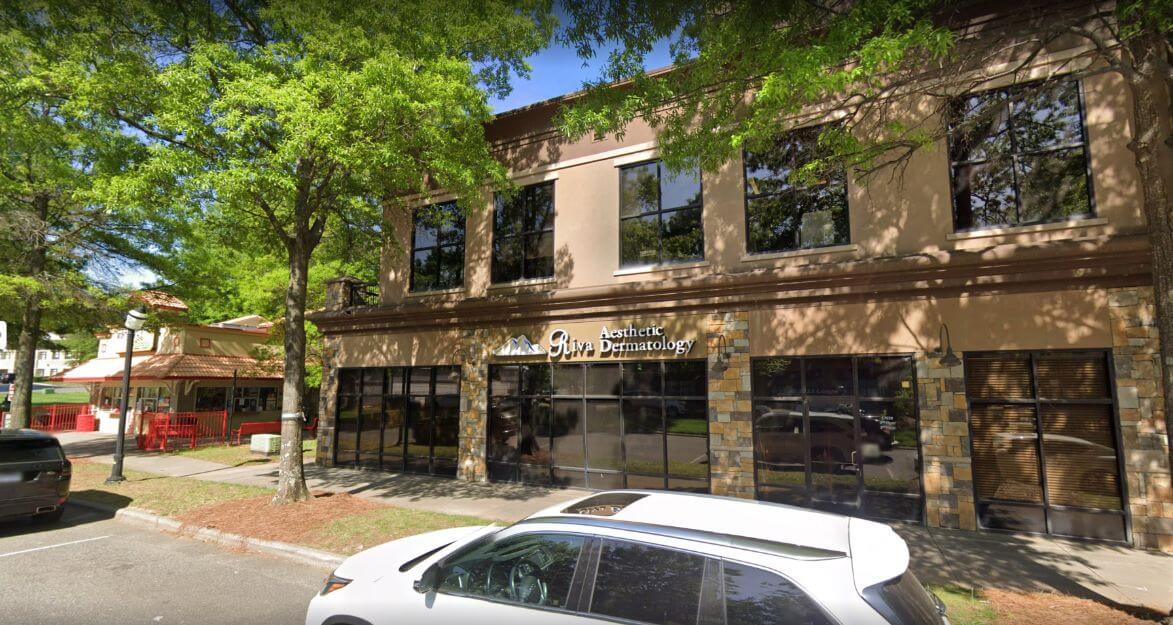Molluscum
Understanding Molluscum Contagiosum
Molluscum contagiosum is a common viral infection of the skin that causes small, firm, painless bumps. These bumps can appear anywhere on the body but are most frequently found on the face, trunk, and limbs of children. In adults, molluscum contagiosum may appear in the genital area. The condition is caused by a poxvirus and spreads through direct skin-to-skin contact or by touching contaminated objects.
Molluscum contagiosum typically resolves on its own within 6 to 12 months, but treatment can help prevent the spread of the virus and speed up recovery. Treatments include topical therapies, cryotherapy (freezing the bumps), and curettage (removing the bumps with a small instrument).
Expert Care for Molluscum at Riva Dermatology
At Riva Dermatology, we offer effective treatments for molluscum contagiosum to help you and your family achieve clear, healthy skin. Our experienced dermatologists provide personalized care tailored to your specific needs.
Examples of Molluscum
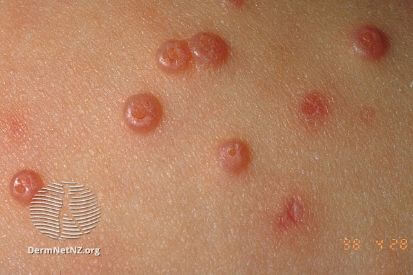
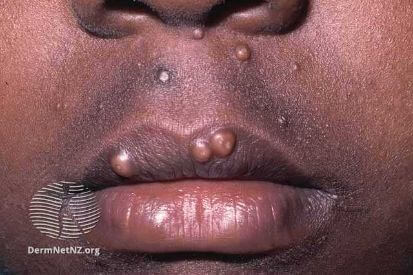
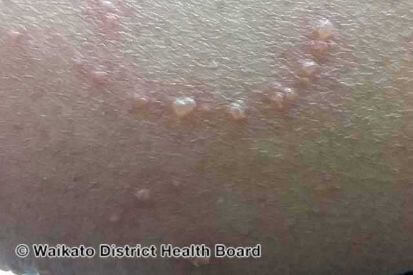
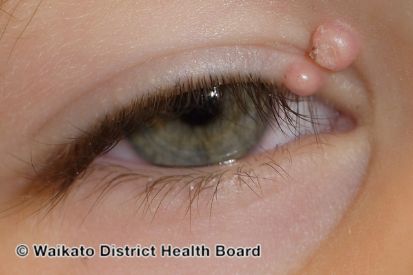
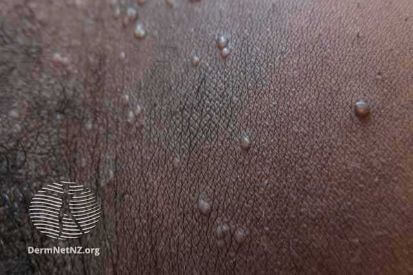
What are the Symptoms of Molluscum?
- Appearance: Smooth, pearly, flesh-colored skin growths.
- Initiation: Begin as small bumps, potentially growing as large as a pencil eraser.
- Central Pit: Many lesions feature a central pit housing the virus bodies.
- Itching: Molluscum is typically accompanied by itching.
- Skin Infection: Surrounding skin may become infected due to the growths.
- Duration: Bumps can persist for two weeks to one and a half years.
- Self-Resolution: Lesions may resolve spontaneously.
Causes of Molluscum
- Molluscum contagiosum virus (MCV).
- This viral skin infection primarily affects humans, leading to the formation of characteristic skin lesions.
- Transmission occurs through direct skin-to-skin contact with an infected person.
- Contact with contaminated objects such as towels or toys.
How to Prevent Molluscum
- Hand Hygiene: Regular handwashing with soap and water can help reduce the risk of spreading and contracting the virus.
- Avoiding Direct Contact: Minimize skin-to-skin contact, especially with individuals who have active molluscum lesions. This is particularly important in communal settings such as schools and sports facilities.
- Personal Items: Refrain from sharing personal items like towels, clothing, and toys, which could potentially carry the virus from one person to another.
- Avoid Scratching: Discourage excessive scratching of existing lesions, as this can rupture the lesions and facilitate the virus's spread.
- Environmental Cleanliness: Maintain cleanliness in shared spaces, including sports equipment, gym facilities, and communal bathing areas.
Molluscum FAQs
The virus spreads through direct skin-to-skin contact, sharing personal items like towels or clothing, and touching contaminated surfaces. It can also spread through sexual contact in adults.
Children, individuals with weakened immune systems, and those with atopic dermatitis are more susceptible to molluscum contagiosum. It can also affect adults who are sexually active.
Treatment options include topical therapies, cryotherapy (freezing the bumps), and curettage (removal with a small instrument). In some cases, the condition may resolve on its own without treatment.
Preventive measures include avoiding direct contact with infected individuals, not sharing personal items, and practicing good hygiene. Covering the bumps can also help prevent the spread of the virus.
Molluscum contagiosum is generally not dangerous and often resolves on its own. However, treatment can help speed up recovery and prevent the spread of the infection.
How to Treat Molluscum
- Cantharone, a blistering agent made from beetles, is applied with a wooden applicator to the skin growth. The medicine should be washed off in 4 to 6 hours. A small blister usually forms in a few hours to one day. When the scab falls off, the growth is gone. The application of this treatment is not painful; it is used on the face and in skin creases. Scarring does not occur from Cantharone treatment. Although blisters are uncomfortable, they are very superficial and resolve within a few days.
- Freezing with liquid nitrogen is another form of treatment. Liquid nitrogen is applied with a cotton-tipped applicator, feels hot for a moment, and then may form a blister or irritation at the site.
- Another way to remove molluscum is by scraping the bump or removing the center, a treatment that is performed after numbing the area with a special cream.
Featured Products for Molluscum
Check your local office for current stock!
Check your local office for current stock!

